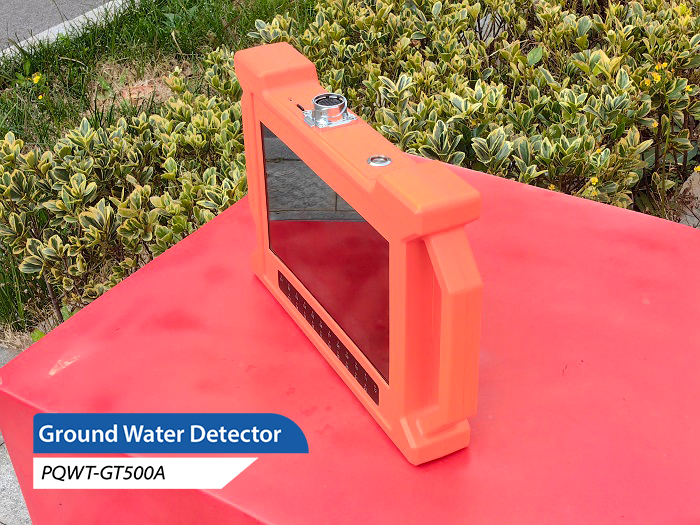In the field of groundwater exploration, physical detection technology plays a crucial role. Its purpose is to accurately identify aquifers and avoid drilling dry wells or wells that produce very little water. With the progress of science and technology, the number of ground water detector is increasing, and each ground water detector has its unique application conditions and characteristics.

Electrical ground water detector
Electrical exploration is one of the most commonly used methods in groundwater investigation. Based on the correlation between the electrical properties of a rock formation and its water content, the electrical properties of a subsurface geologic body are inferred by measuring its electrical potential. Formations that are muddy or have a higher water content usually exhibit greater electrical conductivity, which provides important clues in identifying aquifers.
Natural electric field method ground water detector
The natural electric field method utilizes changes in electrical resistivity resulting from differences in natural electric fields and geological formations to determine subsurface anomalies. Although this method is controlled by many factors when searching for underground water and requires higher knowledge of technicians, it has unique advantages in detecting the strike, burial depth, thickness and reserves of the ore body.
Magnetic exploration ground water detector
Magnetic exploration is mainly used to detect the disturbance of the earth's magnetic field by geological bodies. Although groundwater itself does not carry magnetic signals, magnetic exploration can indirectly infer the properties of groundwater by investigating the structure of aquifers. This method is particularly effective in detecting underground water storage structures such as faults in hard strata.
Gravity ground water detector
The gravity method obtains information about a geologic body by monitoring the anomalies in the gravity field caused by changes in the density of the body. In groundwater work, gravity is often used to find light rock layers (e.g. sedimentary rocks) trapped in heavy rock layers, which is important for identifying aquifers.
Nuclear magnetic resonance ground water detector
Nuclear magnetic resonance (NMR) is the only direct ground water detector that utilizes the magnetic moment of the hydrogen nucleus to detect the presence of ground water by measuring electromagnetic signals. However, this method is limited in depth and is usually used to find groundwater sources within 150 meters.
In summary, the selection of suitable physical ground water detector and instrument is crucial to improve the success rate of well setting. In practical work, a suitable physical ground water detector should be selected according to the geological structure and hydrogeological conditions in order to achieve the best exploration results. With the continuous progress of technology, the application of ground water detector in groundwater exploration will be more extensive and in-depth.








